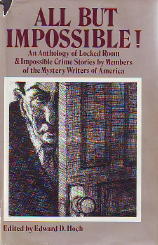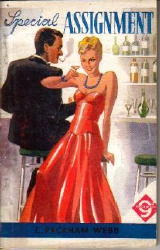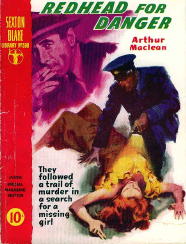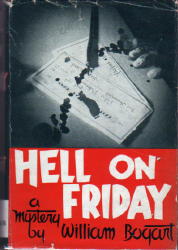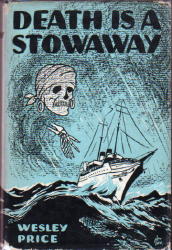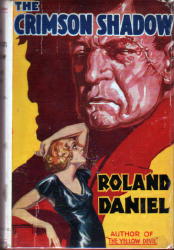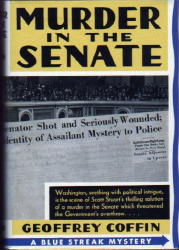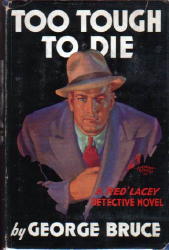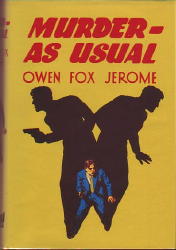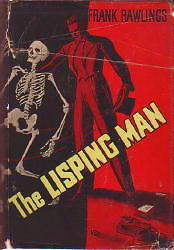Thu 12 Jun 2008
THE CRIME FIGHTERS, by W.O.G. Lofts and Derek Adley.
Posted by Steve under Bibliographies, Lists & Checklists , Characters , Reference works / BiographiesNo Comments
The first paragraph below is good news recently received from Bill Contento:
The online edition of THE CRIME FIGHTERS, by W.O.G. Lofts and Derek Adley, has been updated, now listing fictional detectives “Abbott, Detective” through “Hyer, Henry ‘Hank’.”
Say the authors Derek Adley (1927-1991) and Bill Lofts (1923-1997) in their introduction:
“This is essentially a bibliography of the following fictional characters:
* the private detective
* the private eye
* the official police investigator
* the amateur sleuth
* the adventurer type of detective, such as Bulldog Drummond and Norman Conquest, who were always on the side of law and order, as well as Robin Hood types like the Saint who were active on both sides
* the secret service agent of the Tiger Standish type, who nearly always worked with the Special Branch at Scotland Yard (but not those of the James Bond type, who were purely engaged in spying and espionage and rarely worked in collaboration with the police).
“Thus, in general, we cover the fighters of evil-doers, but of course not including the American super-hero of the Superman type. The closest we come to this type is The Shadow and Doc Savage, who, while having certain mystic powers, are nonetheless ordinary men.”
The information was never published in the authors’ lifetime. Says Al Hubin as part of his editorial introduction, “The text appears to have been written mostly in the 1960s and so does not cover detectives introduced later.”
The only version of The Crime Fighters still in existence is apparently the photocopy of the original manuscript in the hands of Al Hubin, who’s working with Bill, Steve Holland and others to put the data online.
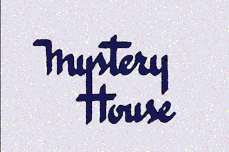 The latest batch of covers uploaded to Bill Deeck’s Murder at 3 Cents a Day website are those for the
The latest batch of covers uploaded to Bill Deeck’s Murder at 3 Cents a Day website are those for the 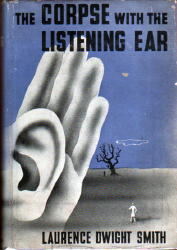 From the August 31, 1940, issue of Publisher’s Weekly: “Arcadia House, Inc., has announced the establishment of two new imprints, one for the publication of detective fiction and one for religious books. Detective novels will be published under the imprint of Mystery House, with Sally Frances as editor in charge. The following titles inaugurate the series: Clue in Two Flats, by R.L.F. McCombs, August 26th; The Corpse with the Listening Ear, by Laurence Dwight Smith, September 20th; Death in the Wheelbarrow, by Jan Gordon, October 10th; Abandon Hope, by Isabel Garland, October 22nd; Homicide Johnny, by Stephen Gould, November 12th. Each book is priced at $2.00.”
From the August 31, 1940, issue of Publisher’s Weekly: “Arcadia House, Inc., has announced the establishment of two new imprints, one for the publication of detective fiction and one for religious books. Detective novels will be published under the imprint of Mystery House, with Sally Frances as editor in charge. The following titles inaugurate the series: Clue in Two Flats, by R.L.F. McCombs, August 26th; The Corpse with the Listening Ear, by Laurence Dwight Smith, September 20th; Death in the Wheelbarrow, by Jan Gordon, October 10th; Abandon Hope, by Isabel Garland, October 22nd; Homicide Johnny, by Stephen Gould, November 12th. Each book is priced at $2.00.”